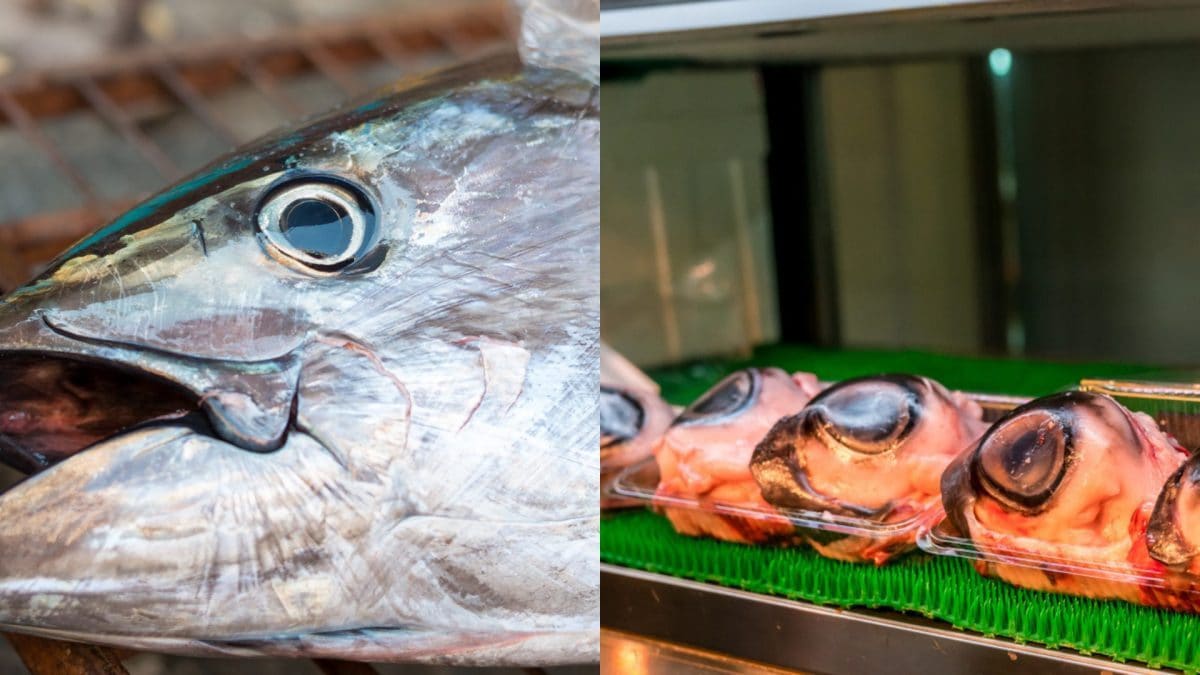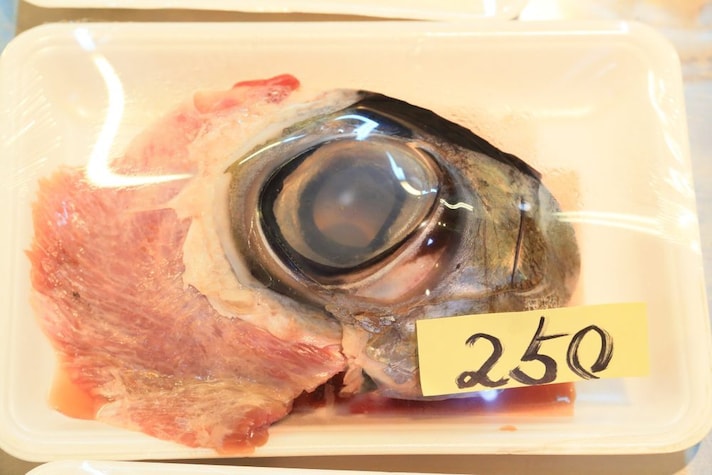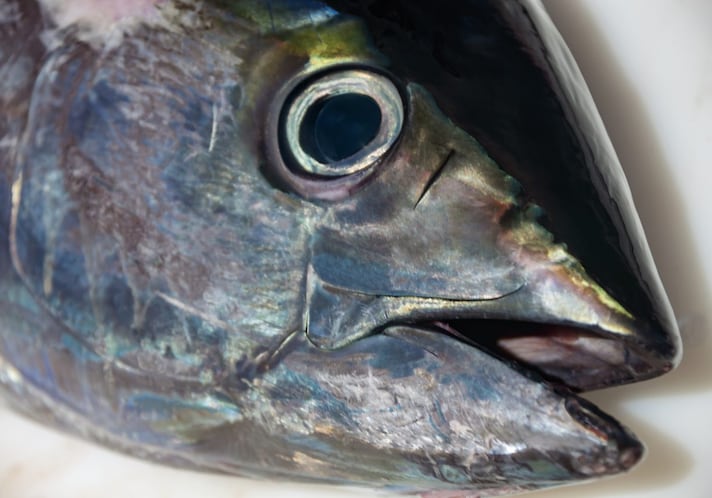
We've talked a lot about strange foods lately. From the Chinese century egg to the (much more normal) Tibetan black apple, passing through Swedish fermented herring, Icelandic rotten shark, and Asian durian. Many of the most controversial foods, at least for us Westerners, come from the East, and it's to Asia, specifically Japan, that we're traveling this time to discover another product—to use a euphemism—that's peculiar and distinctive. Something we rarely find on our tables: tuna eyes. Yes, the eyeballs of one of the most caught and consumed fish on the Asian island.

In Japan, this food seems to be a true specialty. In the Land of the Rising Sun, it's called medama or magurono-me, and it's not uncommon to find it among the street food vendors that populate the streets of Japanese towns and cities. It's hard to find a more waste-free preparation than this: tuna eyeballs are also served in Japanese restaurants, offered as an appetizer, or offered as a sort of side dish accompanied by other dishes. At first glance, we might consider it a dietary extravaganza, even though in Japan medama is considered a true delicacy, widespread and widely consumed. Nothing more normal, or almost, for our Japanese friends. But why are they so famous? To understand the origins of their success, we have to go back about three decades.
What Do Tuna Eyes Taste Like?
It seems that tuna eyeballs became particularly popular about thirty years ago. In the 1990s, the belief spread that these foods could enhance people's cognitive and intellectual abilities. A brilliant marketing ploy, devised by who knows who, to the point that many people began consuming them in large quantities (who knows, if with the desired effects). That said, how are they prepared and what do fish eyes taste like?

These are generally cooked in a stew or lightly seared, but some restaurants also serve them as sushi. The flavor? Those who have tried them say their chewy consistency is particularly similar to oysters, with a flavor reminiscent of octopus or squid.
;Resize,width=767;)
